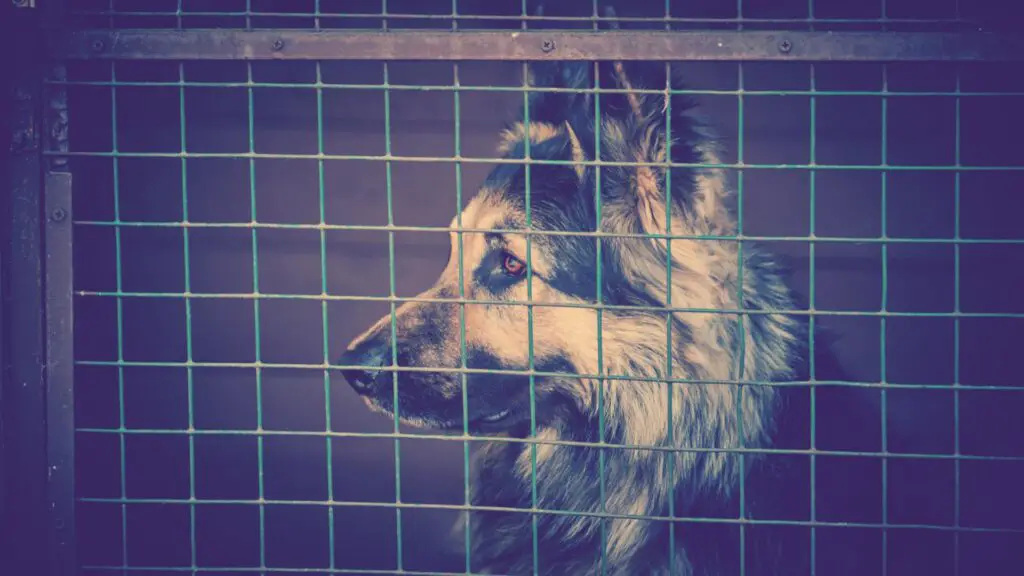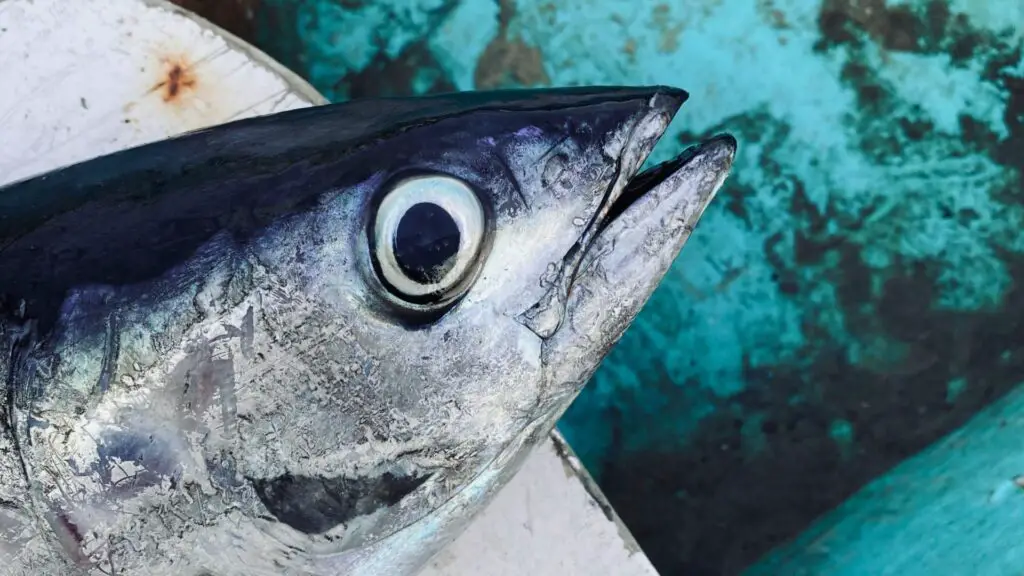German Shepherds are known for being strong, brave, loyal and intelligent dogs, but also for their large and majestic appearance.
Still, have you noticed that some German Shepherds have black spots on their tongues? This usually generates curiosity in many people about them. For this reason, in this post, we will explain to you their origin.
WHAT CAUSES BLACK SPOTS ON YOUR GERMAN SHEPHERD’S TONGUE?
Black spots on the tongue of dogs like the German Shepherd are more common and natural than they seem and are found in a wide variety of dog breeds.
BLACK SPOTS ARE CAUSED BY MELANIN.
Melanin is the natural pigment responsible for skin color, it is found in hair, eyes, nose color and of course, tongue color.
The black spots on your dog’s tongue are simply pigmented skin cells, in dogs it happens not only with the tongue but also with their nose, eyes, nails, paw pads and more.
Basically, these spots are the “freckles” or “beauty marks” of the canine world. They are harmless spots that develop when more pigment is deposited on an area of the tongue.
In fact, you could say they would be the equivalent of a mole or birthmark.
These spots are typically blue or black and can come in a variety of shapes and sizes, but always have the same surface of the dog’s tongue and have the same texture as the surrounding tissue.
BLACK SPOTS ON THE TONGUE DUE TO GENETICS.
Sometimes the number, size, and shape of these “black spots” can be determined by genetics. The black spots do not have a specific pattern; there could be many spots covering its entire tongue, it can be just one, or several more separated from each other.
Also, the color can vary between black, bluish black or dark gray. Although not always a dog with black spots on the tongue has descendants with these characteristics, as well as two dogs without black spots may have descendants with this.
OTHER BREEDS OF DOGS WITH BLACK SPOTS ON THE TONGUE.
Normally it is associated to that if a dog has spots in the tongue, it is because its race can be mixed with the one of the Chow Chow, because as we know one of the more notorious characteristics in these dogs is to have the blue or purple tongue.
However, the black spots on the tongue of a German Shepherd do not mean that their breed is mixed or against race, something that, sadly, many people tend to believe.
Also, pigmentation has nothing to do with whether a dog is purebred or not. Dogs can be born with spots, or these can develop with age.
In fact, there are more than 30 breeds with these characteristics in their tongues such as the Airedale Terrier, Thai Ridgeback, Rottweiler, Siberian Husky, Pug, etc.
For this reason, it is not rare for purebred or mixed-breed German Shepherds to have these black spots, so you can’t determine if a dog is purebred or not through this either.
Although there are some defined similarities in some of these breeds, no one has been able to determine exactly why these breeds have spots on their tongues, while others do not.
Keep in mind that not all black spots on the tongue mean the same thing, especially when they appear suddenly and unnaturally. Here are some “black spots” you should be aware of:
Black spots on the tongue could be cancer.
When these spots on the tongue are caused by melanin, they are present from birth and remain the same shape and size throughout the dog’s life.
But if the black spots appear on its tongue suddenly and when it is an adult or older dog, and if it has some kind of different texture, shape and size, besides presenting a bad smell, it could be some indication of a disease.
Dark spots that appear suddenly on your dog’s tongue, gums or skin could be a sign of the canine melanoma.
This is a cancer that grows in the skin cells responsible for producing melanin. Melanoma appears as a 1-3 cm nodule that is brown, gray, reddish or black, although some are not pigmented.
You can easily detect and prevent this problem if your dog’s tongue has always been pink but one day suddenly becomes discolored, or the spots it has always had changed in size, shape or texture.
If you have even a slight concern that a black spot could be more than just extra pigmentation, consult your vet.
Black spots can be caused by other diseases.
Some diseases can cause discoloration of the tongue or black spots, and it is important to be aware of which ones so that they can be prevented or treated in time.
These include kidney diseases, low blood oxygen caused by heart or lung problems, oral ulcers, among others. But as we mentioned before, this can be a symptom only if your dog didn’t have black spots on its tongue at birth.
Tongues of other colors and their meanings.
Black Tongue: there is a disease in dogs known as “black tongue” that as its name indicates the tongue of the dog suddenly becomes black, but also has redness, ulceration in the mouth and a little of blood.
This coloration occurs because of the lack of oxygen in their body, so it is important to take action in time so that your dog does not suffer more serious consequences.
A black tongue can be due to problems with toxins or substance poisoning. If you notice symptoms in your dog such as diarrhea, vomiting, bad breath and lack of appetite, it means that your dog is suffering from intoxication.
Although it can also be due to heatstroke, it is another emergency that modifies the coloring of the affected dog’s mucous membranes. It is produced by a great elevation of the corporal temperature.
Yellowish orange: when the tongue turns this color it usually indicates liver, gallbladder or gastritis problems.
Dark red: it may be a symptom of a bacterial infection, fever, diabetes, kidney problems or gallbladder problems.
Blue or purple: If your German Shepherd has always had a pink (and black spotted) tongue and one day it turns unnaturally blue or purple, it could be an indication of pain and congestion, hepatitis, liver disease or an autoimmune problem.
Paleness: if you notice your dog’s tongue is paler, it could be a symptom of anemia or some condition that weakens his body, such as leukemia, for example.
How should your dog’s tongue look like?
The color of the tongue is an indicator of health status. A healthy tongue is usually pink with possible black spots with the same surface and texture, unless we are talking about breeds whose tongue is naturally blue or purple.
In conclusion.
Black spots on your dog’s tongue are not usually something to worry about in general, nor does it mean that your dog is purebred or mixed, or that there is necessarily a problem with its tongue.
If you notice new spots and colors in that area, the most recommended thing to do in this case is to consult your vet.





